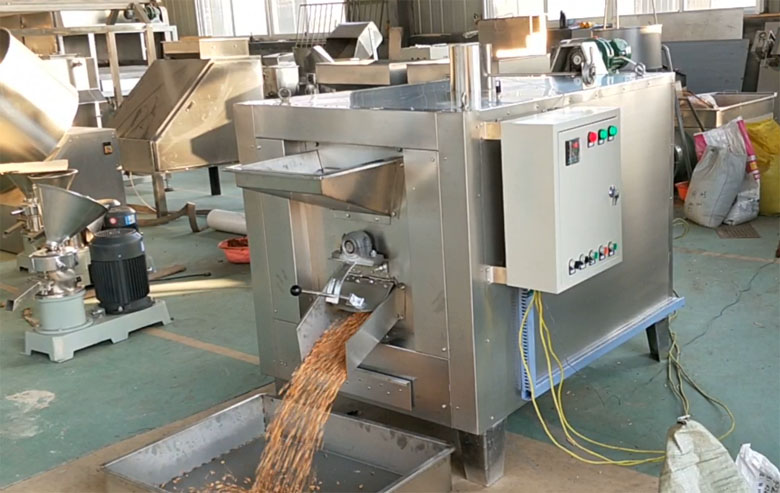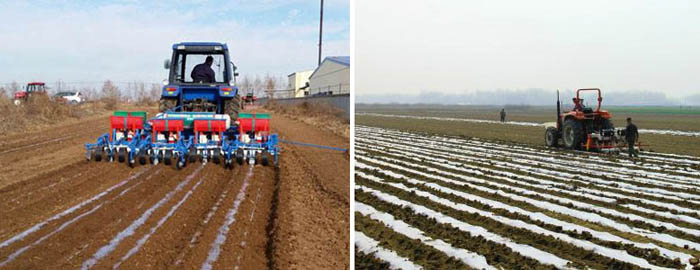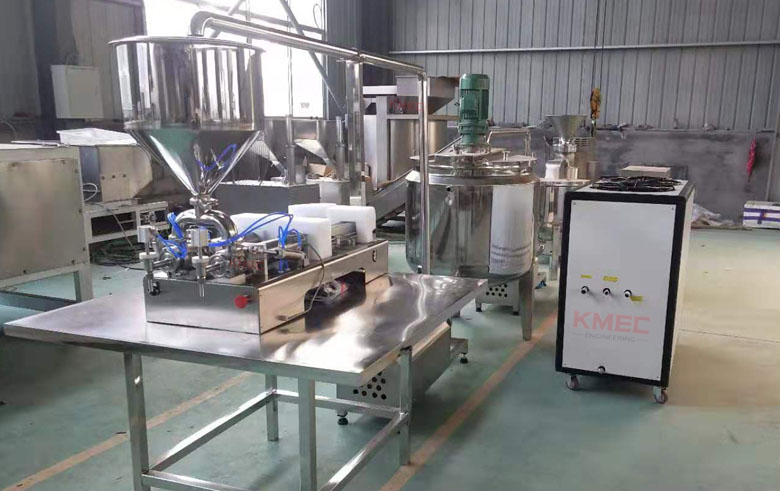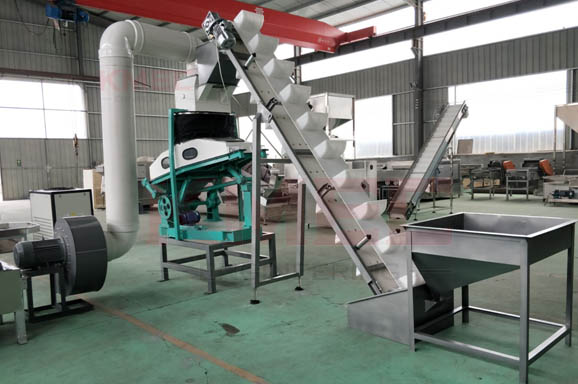Overhaul procedures of peanut machinery
Peanut machinery, like any other industrial equipment, requires periodic maintenance to ensure its efficient functioning, safety, and longevity. Overhauling peanut machinery is a crucial process that involves comprehensive repair and inspection to address potential issues and hazards.

The Purpose of Overhauling Peanut Machinery
The primary objective of overhauling peanut machinery is to eliminate potential problems and safety hazards associated with the equipment. By conducting periodic overhauls, manufacturers and operators can maintain the equipment’s efficiency, prevent accidents, and minimize costly downtime. Overhaul procedures serve as technical documents that outline the repair techniques, quality standards, and completion acceptance criteria.

The Components of Overhaul Procedures
The overhaul procedures for peanut machinery encompass several essential elements:
Investigation of Technical Status: Prior to initiating the overhaul, a comprehensive investigation is conducted to assess the machinery’s condition. This includes identifying defects, faults, accidents, hidden dangers, and dysfunctions that may have developed over time.
Pre-Inspection Test Records: Various performance and accuracy parameters are recorded to understand the machinery’s current state. This includes assessing factors such as noise, vibration, leakage, wear, flexibility, aging, and any signs of failure.
List of Repair Parts and Tools: A detailed list of repair parts, replacement components, and necessary tools is compiled. Having the right tools and components ensures a seamless repair process.
Equipment Repair Procedures: Specific repair procedures and processes are outlined in the document to guide technicians during the overhaul.
Equipment Repair Quality Standards: Standards and requirements for repair quality are established to ensure that the machinery operates at optimal levels after the overhaul.
Provisions for Trial Operation: The document should also include guidelines for trial operations and trial processing after the equipment has undergone repair.

Types of Overhauls
Based on the management experience and the equipment’s status, peanut machinery overhauls can be categorized into three types:
1, Minor Repairs: These are routine, small-scale repairs that address minor issues and do not require extended downtime.
2, Medium Repairs: Medium repairs encompass more extensive maintenance and replacement of components. They are conducted less frequently than minor repairs.
3, Major Repairs: Major overhauls are comprehensive and time-consuming procedures conducted at more extended intervals. They involve a thorough examination and refurbishment of the machinery to ensure peak performance.
Shortcomings of Regular Overhaul
While regular overhauls are essential, they do have some limitations:
Timing: Potential unsafe factors may not be eliminated in time if they occur outside the scheduled overhaul period.
Blind Repairs: Sometimes, machinery may be in good condition during scheduled overhauls, leading to wastage of resources and ineffective repairs.
Addressing these shortcomings requires experienced personnel who can make informed decisions about the timing and scope of overhauls.
Unplanned Overhauls
Unplanned overhauls occur when machinery experiences sudden failures or accidents during operation. They have distinct characteristics, such as being difficult to predict, short repair time, and complex working conditions. While challenging, unplanned overhauls are necessary to address immediate issues and prevent further damage.

Regular overhauls are critical for ensuring the safety, efficiency, and productivity of peanut machinery. Additionally, unplanned overhauls play a crucial role in responding to unexpected equipment failures. By prioritizing machinery maintenance, manufacturers and operators can guarantee smooth operations and optimize production efficiency to the maximum extent possible.
